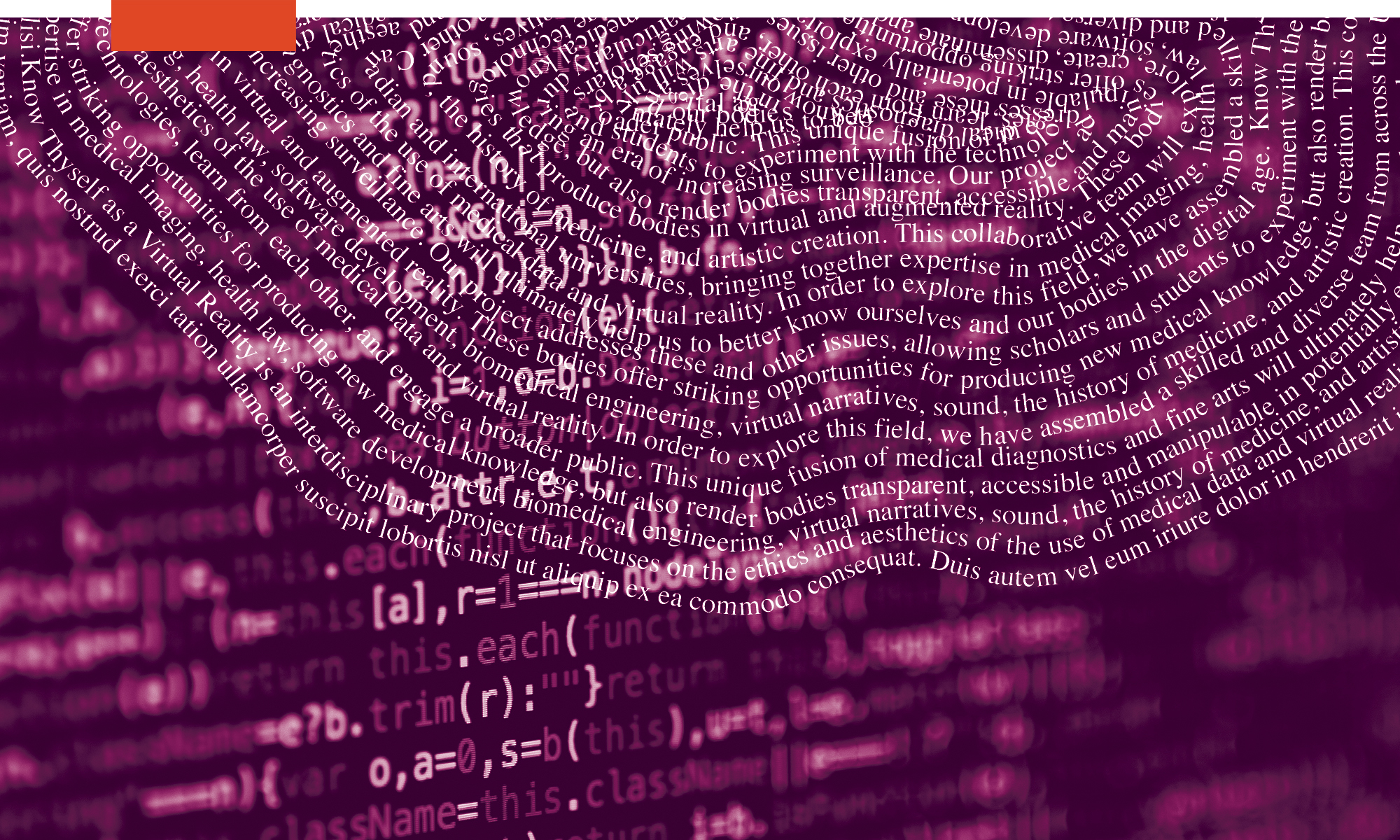History of Privacy and Property Law
Although artistic work is exempt from most data protection regulations, it is still important for creators using personal data in their works to understand what regulations exist and why. Data protection regulations provide the basic requirements upon which further ethical standards can be built. But regulations lag behind technological developments, since the process of developing new laws and regulations is incredibly slow. The rapid emergence of social media and smart technologies has created vast digital ecosystems of personal data that are readily available in a way that current laws are unable to address. The background provided below illustrates the regulations as they exist, but also highlights the gaps that our ethical guidelines seek to address.
Personal data as property is especially applicable to medical data, a subset of personal data. Medical data is typically collected by a health care authority and, in the Canadian context, is thus legally owned by the collecting or custodial organization. Medical data can sometimes be in the form of biological tissue samples taken from an individual in the course of diagnosis and treatment, and it is these biological tissue samples that can challenge the current legal definitions of what can be considered property, by whom, and in what situations.
The following discussion of how personal data is viewed through privacy and property laws draws on the keynote presentations of two legal experts, Dr. Remigius Nwabueze and Dr. Ubaka Ogbogu, at the Know Thyself as a Virtual Reality Ethics e-Symposium in May 2021. Their presentations trace the evolution of laws through case law, highlight the inconsistencies of the laws, and point to the gaps in the current legal framework.
Privacy Law and Images of the Deceased
Dr. Nwabueze used case law from the UK, Canada, and the US to explain how protection of the privacy of deceased individuals is neither consistent nor guaranteed. According to his research, many privacy laws do not extend to the dead (Nwabueze 2021). Likewise, until privacy laws were developed—in the UK this was not until 2000 under Article 8, Protection of Privacy—most legal actions did not address privacy for either the living or the dead, because there was no privacy law to which lawmakers could refer. Instead, cases were argued using other legal precedents. For example, in the case of Emiliano Sala, footage of the autopsy that followed his death in a plane crash was disseminated by individuals who had access to but no legal right to share the footage. Because privacy laws did not exist that could be applied to the case, the courts chose to convict them under the Computer Misuse Act (British Broadcasting Corporation 2019a).
The presentation focused on the publication of images of deceased individuals. Photographs are considered to contain personal information from which an individual could be identified because they contain the physical likeness—the appearance—of the person. Because of the nature of case law, court rulings can be contradictory. For instance, some courts have considered the privacy of and impact on the family in relation to the publication of images of the dead. In these cases, they extended protection to the family by protecting the privacy of the deceased person. For example, in the case of Catsouras v. Department of California Highway Patrol (2010), pictures taken by investigators of a naked woman after her death in an automobile accident were disseminated online. The courts ruled that because it was the family who ultimately suffered from the publication of these images, the privacy of the deceased should be extended to protect the privacy of the family. In other cases, protection was extended based on the conditions at the time personal data was collected. After the death of French president François Mitterrand, his medical doctor had planned to publish a book about the president’s illness and death without the family’s permission. In Editions Plon v. Mitterand (2005), the court ruled that because the personal information the book was based on had been collected while Mitterand was alive, it was protected by patient-doctor medical confidentiality (Nwabueze 2021, 24–25). However, the court also decided that since there were no privacy protections for the deceased, the publication itself would not violate the president’s privacy, though it could not draw on any medical information collected while Mitterand was alive (Nwabueze 2021). Other rulings have simply stated that harm cannot be done to a deceased person because they are no longer alive. In Smith v. City of Artesia (1989), a case similar to that of Catsouras, members of the police department in Artesia, New Mexico, inappropriately circulated images of a naked woman’s body taken during the investigation into her death. Unlike the Catsouras case, the courts ruled that since the victim was deceased, no harm could be done by violating her privacy
Property Law and Medical Data
Dr. Ogbogu’s (2021) presentation focused on how personal data, in the form of medical data, is considered in terms of property law, highlighting how inconsistent and at times illogical the interpretation can be. In the medical field, personal data is complicated by the collection and use of biological samples—blood, bone, tissue, etc. The biological samples are not necessarily personal data in and of themselves, but they contain information about the individual from whom they were collected. The concept of property and data ownership is complicated when biological samples in research result in the development of drug therapies that have financial benefits to the companies or people that develop them. Issues arise when consent to use of the tissue has not been properly obtained from the tissue donor.
Using case law, Dr. Ogbogu detailed how ownership of collected medical data and individual donor rights have developed. Ownership revolves around the original intent for which the tissue was removed, and the alteration of human tissue via human ingenuity. The first, original intent, relates to consent and ownership of unaltered tissue and to which specific use or purpose the donor had consented at the time of removal. The second, alteration, is connected to the authorship and ownership of what is considered a “new” form simply by having been altered.[1] In the rather well-known case of Moore v. Regents of University of California (1990), tissue taken from Moore during treatment was used in research to develop cancer treatment drugs without his knowledge or permission. The courts ruled that although the patient has the right of control over tissue at the time of removal, unaltered biological tissue is not property and thus cannot be owned by anyone. Altered tissue, however, can be considered property of the person or institution that commits the alteration. Thus, the institution, not the patient, has property rights over the tissue (Ogbogu 2021, 31). However, in Hecht v. Superior Court (Kane) (1993) and in York v. Jones (1989), contract law determined the ownership of preserved human tissue (semen and zygotes, respectively) as that of the donor. But, depending on the jurisdiction, ownership can also be granted to collecting institutions while still maintaining privacy rights over the tissue to the donor, as in the case of Piljak Estate v. Abraham (2014). In this case, the family of the deceased made a claim of negligence against Dr. Abraham for having misdiagnosed a tumour as benign. An action was put forth by the doctor’s defense to re-examine the tissue to reaffirm the diagnosis. The court ruled that the tissue was in essence a medical record, and thus the personal property of the collecting institution (Ogbogu 2021, 34–35). However, the donor maintains privacy rights over the tissue that must be protected. In McInerney v. MacDonald (1992), another case considering medical records, a doctor refused to provide a patient with health records that the doctor had not prepared herself, claiming that it was unethical for her to provide records created by other health professionals. The court found that there was no ethical issue in providing an individual with all of their health records since the records describe the individual and the data contained within those records belongs to the individual (Ogbogu 2021, 37).
Dr. Ogbogu’s presentation outlined the inconsistent approach in the legal system to medical records, human biological tissue, consent to use of such tissue, and the ownership of that tissue. Ultimately, the ownership of and control over human biological tissue has not yet been clearly defined.

